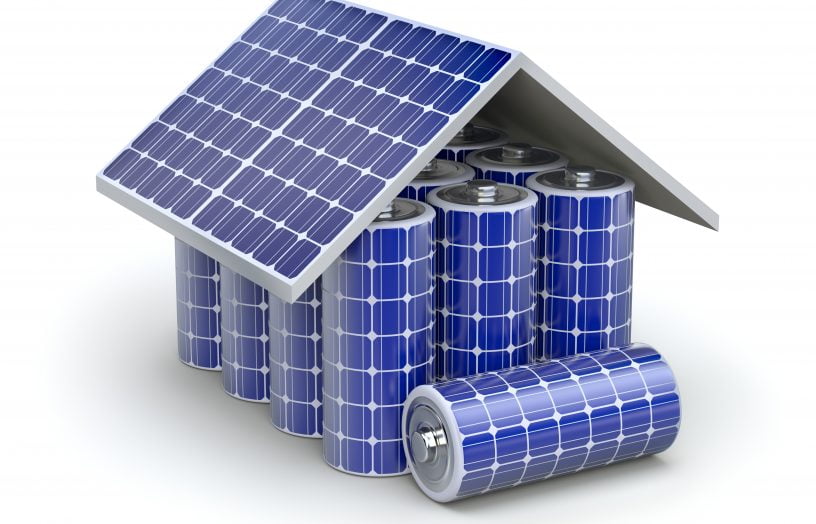Solar + batteries
With the steadily rising cost of electricity, more households are considering adding a battery to supplement their solar system.
There’s a lot to learn for current and potential solar PV households pondering the battery equation such as how to be battery-ready when the time’s right to add storage.
Economically, solar systems without batteries are generally very worthwhile. Adding a battery will enhance the solar bill savings, but the battery’s high cost generally means that it’s not ‘worth it’ for most households. An exception is where your battery’s cost is heavily subsidised, or installed as part of a Virtual Power Plant.
Use our Free Solar and Battery Advice Calculator to estimate bill savings and payback times for a solar system, both with and without an energy storage system.
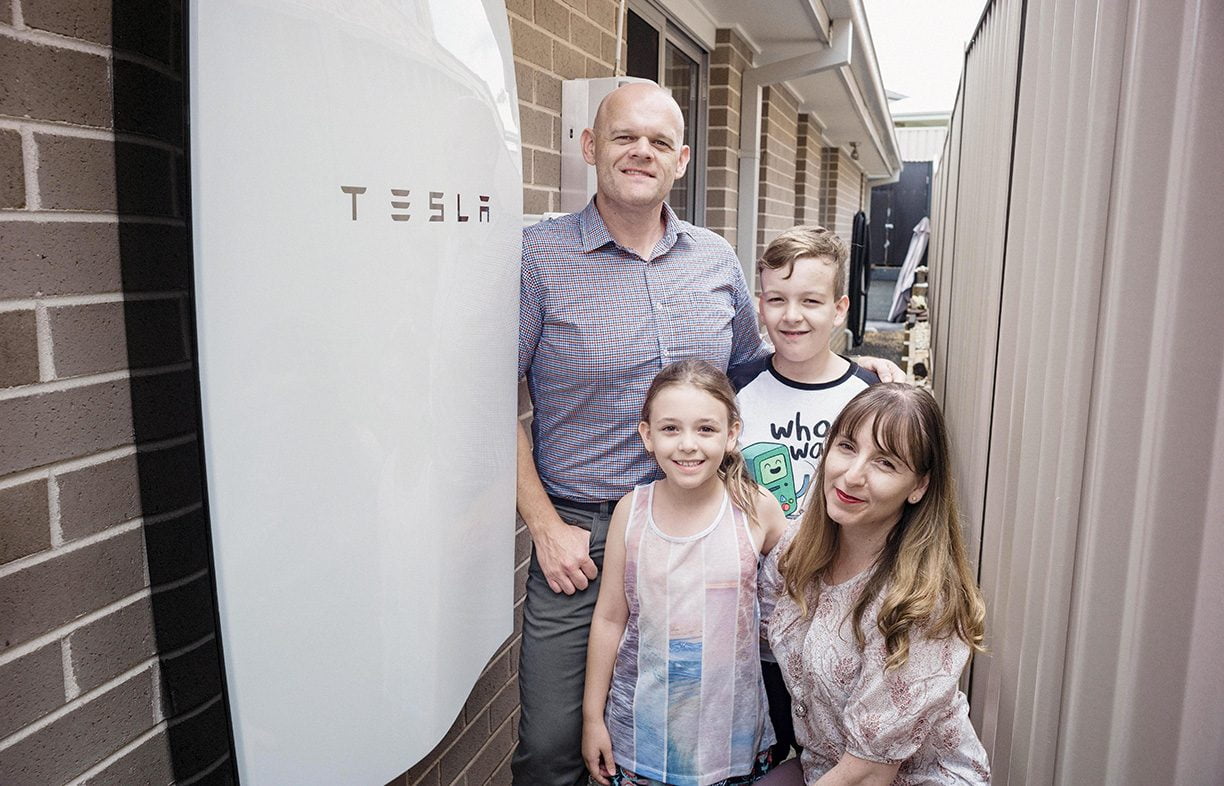
Energy storage has always been an integral part of off-grid renewable energy systems, making it possible to access stored electricity when none is being generated by the sun.
Tesla’s announcement of the Powerwall in 2015 put batteries on the radar of households connected to the electricity grid. Competitors came under pressure to develop new products and drop prices, which has enabled pioneering households to survey their options and ‘go hybrid’ by adding energy storage to a grid-interactive solar PV system.
In a typical grid-interactive system excess electricity generated at any time is exported to the grid, and shortfalls (for example when the sun isn’t shining), are imported from the grid. A solar system with batteries allows you to store excess generation for use later on in non-sunny times, getting around the sunlight and peak demand mismatch.
Grid-connected energy storage is installed by an electrician, and apart from the battery, may include other components such as a battery inverter.
Renew magazine’s Energy Storage Buyers Guide looks at the pros and cons of different energy storage products, while the Battery Buyers Guide looks at the batteries themselves.
Households considering installing energy storage mention several motivations. One is to reduce their energy bills, although when they crunch the numbers they often find that a battery isn’t ‘worth it’ purely for this purpose.
Some people are annoyed with big energy companies and want to reduce their imports from the grid as much as possible, or to support new technology by being an early adopter. A battery certainly meets these criteria.
Energy storage can also provide back-up power, allowing you to run lights and appliances during a blackout. You might not consider this ability important if blackouts are a rarity, but if your grid supply is less stable or you have devices that need to stay running, then this capability might be a priority. Not all storage systems are designed to provide energy when the grid is down and this may depend, not just on the storage system, but also the rest of the system design and which inverter is used.
Some people want a battery to increase the environmental benefits of their grid-connected solar system. In most cases a battery will not have the desired direct environmental benefit, because it’s really only time-shifting the solar panels’ generation, and energy losses in the battery lead to the property increasing its overall energy consumption.
Read Renew magazine’s Energy Storage Buyers Guide for more on system design. The Renew magazine article Energy Flows: How Green is My Solar? has more information on the environmental credentials of batteries.
It’s possible to disconnect from the electricity grid entirely and eliminate your electricity bill. However this cannot be achieved just by adding a typical energy storage product designed for a grid-connect solar system. Even if the battery is configured to supply appliances during a grid blackout, it’s not designed to run the whole house full-time. Households living off-grid typically have a much larger battery, more robust components and usually a petrol or diesel generator as well to cover exceptionally cloudy weeks.
We discuss off-grid systems here.
For more details on the trade-offs involved in severing your grid connection, please refer to the Renew magazine article Should you quit the grid?
Use Renew’s Free Solar and Battery Advice Calculator to plan a grid-connected system that cuts your bills.
Renew expects communities to benefit in several ways as battery storage becomes more accessible. Demand for electricity in many regions peaks in the evening as people come home and turn on their appliances; air conditioners in particular cause significant spikes in energy demand. Electricity networks must be upgraded to supply these peaks, with the associated costs charged to everyone’s electricity bills.
This peak demand is reduced and network upgrades can be avoided when people draw their evening electricity from a battery rather than the grid, reducing pressure on everyone’s bills.
High levels of solar generation can pose a challenge to the grid. For example, if a most people in an area are out during the day, their solar systems will all be exporting, potentially reversing the direction of electricity flows. Networks are reluctant to upgrade infrastructure to handle this so they often place restrictions on new solar systems. Batteries help absorb electricity and reduce exports to the grid, and in the longer term, batteries are likely to play a significant role in helping the transition to 100 per cent renewable energy.
Renew magazine discusses the chances of a renewable grid by 2030, and what role solar households play in the article 100% renewable grid.
Batteries have great long-term potential to transform our electricity grids. And many of us want more independence from big energy companies. But most families need to watch their budget too. Would your bill savings be big enough to justify adding batteries to your solar system?
Research by Renew found that for most households a grid-connected battery is not really ‘worth it’ today unless it’s available at a heavily subsidised price. We expect batteries to become cheaper as worldwide production increases to meet demand.
The payback time on a total system combining solar and battery can be quite good, for example nine years. However it’s the solar panels doing the heavy lifting—the battery is probably not pulling its weight economically. If you ask for a quote for a plain solar system without the battery, you’ll probably find that its expected payback occurs much more quickly.
Use Renew’s Free Solar and Battery Advice Calculator to work out the payback times on a proposed system, with or without batteries.
Some batteries can be easily added to any household by having an electrician connect them to the house switchboard using normal household electrical wiring. These batteries include their own inverter which converts the battery’s electricity into standard 230 Volts AC (Alternating Current). So any solar installation can technically be called ‘battery-ready’, as they can have a battery added using this method.
Another method is to plug a battery directly into your solar inverter (the box on the wall between your solar panels and your switchboard). For this option the solar inverter must be designed to have a battery connected, often termed a ‘hybrid inverter’. It also requires that the battery be compatible with the solar inverter. Very few existing solar installations include an inverter with this capability.
These two methods are known as ‘AC coupling’ and ‘DC coupling’ respectively, and they both have pros and cons,
Find out more about AC and DC coupling and renewable energy basics in the Renew magazine article Know Your Renewables: Off-Grid Basics.
As noted in the previous section, you will be able to add a battery later via AC-coupling. If you select a ‘hybrid’ inverter, then you also have the option of adding a battery via DC-coupling.
However the solar industry is evolving very fast, and if you try to purchase a battery in a few years’ time, you may not find one compatible with your ‘old’ inverter. Another approach is to initially install a relatively cheap solar inverter, and then replace it with a hybrid inverter later on when you want to add a battery.
Learn more about solar inverters for hybrid systems in Renew magazine’s Inverter Buyers Guide.
It makes sense to consider solar and battery storage in a new house design. A broad, sunny roof is a real asset, and a north-facing roofs generates the most electricity over the whole year. A west-facing roof will give less electricity overall, but its generation is particularly valuable as it occurs during the late afternoon and evening when electricity consumption is high and tariffs may be expensive. East-facing roofs can also be suitable as they generate during the typical morning consumption.
Explore the New Build section of Sanctuary magazine for houses that are designed for future energy storage.
Batteries are just starting to settle on standard sizes and shapes such as the wide, thin, wall-mounted battery and the fridge-sized unit. Some are modular and can be expanded later by adding more battery modules. ReNew magazine’s Energy Storage Buyers Guide covers the wide variety of capacities and designs available today.
Ideally a new house should provide a storage space for a fridge-sized battery, for example a storage alcove accessed from the garage. Alternatively you might consider increasing the width of the garage by say 300mm to accommodate a wall-mounted battery and associated equipment.
You’ll need to check the manufacturer’s installation guidelines as to where to position the batteries. Some batteries are weatherproof for outdoor installation, while others are not. Intense heat will shorten most battery’s lifespan. This means that unshaded west-facing walls are less than ideal, as are uninsulated, dark-coloured garages exposed to summer sun. Installing batteries in living spaces should be avoided, and is likely to be disallowed in future Australian Standards.
Most solar-battery systems are set up with quite simple logic: charge the battery when there’s excess solar and discharge when there’s a shortfall. Grid imports and exports are minimised to the extent of the battery’s capabilities. When the battery is full, further excess solar will automatically be exported to the grid, earning you a feed-in tariff (e.g. 10 cents per kilowatt-hour).
In some cases you might want the battery to discharge in excess of household consumption to intentionally export energy to the grid. For example, in some states high feed-in tariffs are now available in the late afternoon and evening. To take advantage of this opportunity, your solar-battery system will need to include clever, user-configurable software.
In addition, some schemes are available which incentivise battery discharge at times when the grid is especially stressed, for example during a heatwave when everyone is running air conditioning. If you purchase your battery as part of such a program, the organising company may remotely take control of it at such times. You may be paid a high price for the special discharge (some have paid $1 per kWh), or you may have been compensated up-front via a subsidised price for the battery.
You can get independent advice on planning your system via a Renew Energy Consult. It’s a chance to work out what size and system design will optimise performance and economics, how to integrate solar with other major loads (e.g. hot water, heating and cooling) and how to source and compare quotes.
Having a good installer on board will help you get the best system for your home. We look at how to choose a reputable installer in our Grid-interactive Solar section, however keep in mind that an accredited installer for a battery installation will have additional credentials (either a grid-connect installation accreditation with a battery endorsement, or grid-connect installation accreditation plus stand-alone installation accreditation).
Also make sure you’ve got a copy of the Renew magazine Energy Storage Buyers Guide to help you learn about the technology around today. Think about the cost of the system and the likely payback rates, as well as how you expect to use the battery system, for example is it to save money on bills, or is in case of blackouts?
There’s a lot to learn from those who’ve done it already. Take a look through the Solar & Batteries category of the ReNew magazine website to see system designs in various households.
LATEST ARTICLES
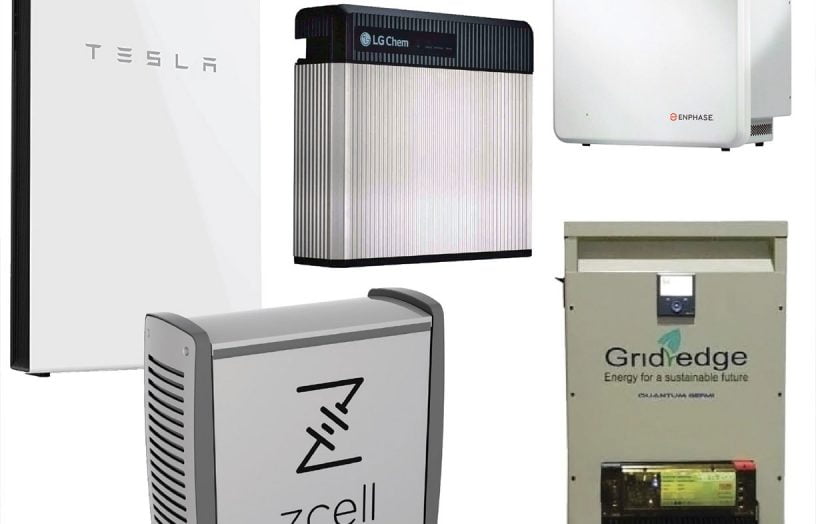 Buyers guides
Buyers guides
More flexible energy systems: energy storage buyers guide
With rapidly increasing demand due to increasing energy prices, there has been an explosion in the number of ready-to-use energy storage systems available. We take a look at the options available.
Read more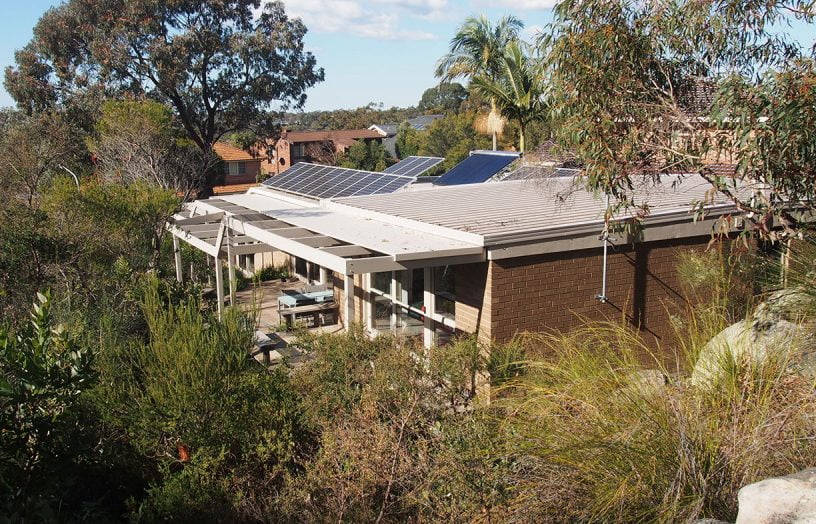 Solar & batteries
Solar & batteries
Battery system case studies
When Julie May retired and bought a new home in Canberra, she decided to invest her savings in a sustainable lifestyle to reduce both her environmental footprint and her cost of living in retirement.
Read more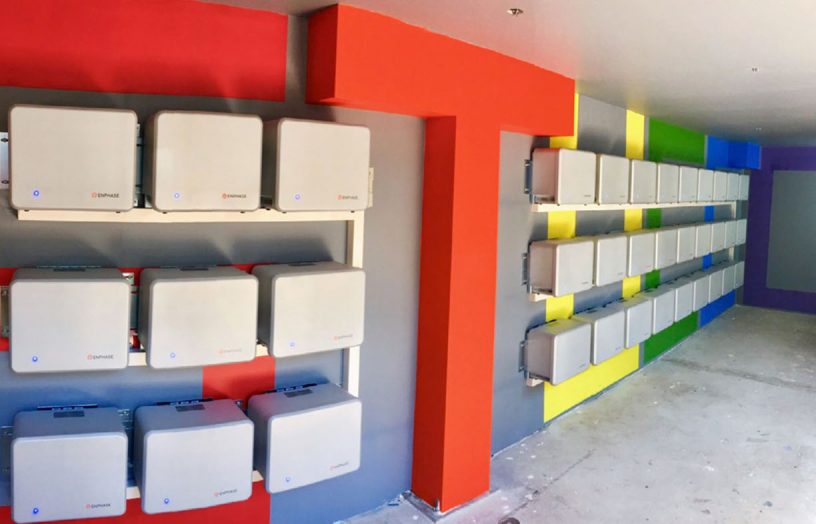 News & events
News & events
News: Small battery uptick
Recent figures from the Clean Energy Regulator, outlining the uptake in Australia of small-scale battery storage, reveal a 914% increase (693 to 7032 units) from 2014 to 2018.
Read more In focus
In focus
Many happy returns: 21 years of solar
Stuart McQuire and Wendy Orams were second in Australia to install a grid-connected rooftop PV system and haven’t paid an electricity bill since 1996.
Read more




